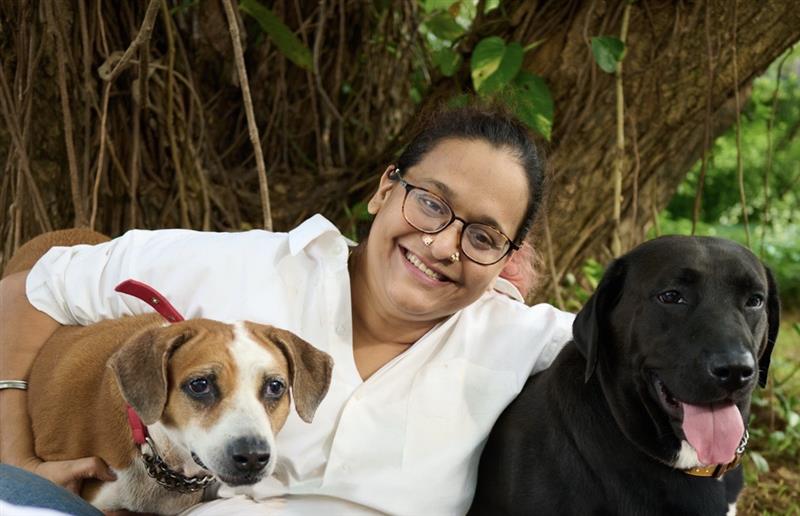
Being a pet parent is one of the most rewarding experiences in life. Over the years, I have learned that caring for dogs requires special attention as they grow older—just like humans, their needs evolve over time. As the CEO of Vetinstant Healthcare, and as someone who loves and cares deeply for my own furry family members Queen and Laptop, I want to share insights on how to care for dogs through their different life stages and how to recognize signs of pain and discomfort early.
Understanding Your Dog’s Aging Stages
- Puppy and Young Adult (0-2 years): In this stage, dogs are energetic and curious. Their primary needs focus on proper nutrition to support growth, vaccination, socialization, and training. It’s important to establish good habits early, including regular vet checkups and basic health monitoring.
- Adult (3-7 years): Adult dogs are typically at their peak health, though it is important to maintain a balanced diet and regular exercise regimen. Vet visits should continue at least annually to catch any health issues early. Preventive care stays critical including dental care and parasite control.
- Senior and Geriatric (8 years and beyond): This is a stage that needs extra love and care. Dogs begin to experience physical and sometimes cognitive changes. Common issues include arthritis, reduced mobility, sensory decline, and increased risk for chronic conditions like heart or kidney disease. Regular health monitoring becomes essential to maintain comfort and quality of life.
Pain Markers Every Pet Parent Should Know
Dogs are masters at masking pain, but as caregivers, knowing what to look for can make all the difference in timely intervention and care. Vetinstant’s approach emphasizes easy, non-invasive health monitoring backed by technology like our ExamD device, but understanding behavioral signs remains crucial.
- Change in Mobility: Limping, stiffness, reluctance to jump, climb stairs or play
- Behavioural Changes: Increased irritability, withdrawal, aggression, or unusual clinginess
- Vocalizations: Whimpering, whining, or unusual barking especially when touched or moving
- Changes in Posture: Hunched back, guarding a limb or body area, difficulty settling or sleeping
- Reduced Activity: Less interest in walks, playtime, or normal activities
- Loss of Appetite or Drinking Changes: Eating less or more, unusual thirst
- Excessive Licking or Chewing: Focus on joints or body parts that hurt
- Breathing Changes: Labored or rapid breathing, panting excessively without exertion
- Facial Expressions: Squinting, furrowed brow, or subtle signs of distress
- Reluctance to be touched or groomed: Sensitivity or flinching during petting or brushing
As a pet parent, watching my beloved dogs get older is bittersweet. My journey with my dogs has taught me the importance of proactive care. At Vetinstant, we created ExamD—a painless, non-invasive device that lets me easily monitor Queen and Laptop’s vital signs from home, sharing data instantly with our vet. This tool supplements observing these pain markers and helps catch problems before they become emergencies.
I urge every pet parent to build a strong relationship with their veterinarian and to combine loving observation with smart, tech-enabled monitoring to keep our dogs healthy and pain-free.
Dogs give us unconditional love all their lives; it is our responsibility to return that love by understanding their changing needs as they age. Awareness of pain signs, regular vet visits, nutritious diet, exercise suited to their stage, and using non-invasive health tools like Vetinstant’s ExamD device can ensure a longer, happier life for your furry family members.
With constant care and attention, we can make every stage of their life a joyful journey.
